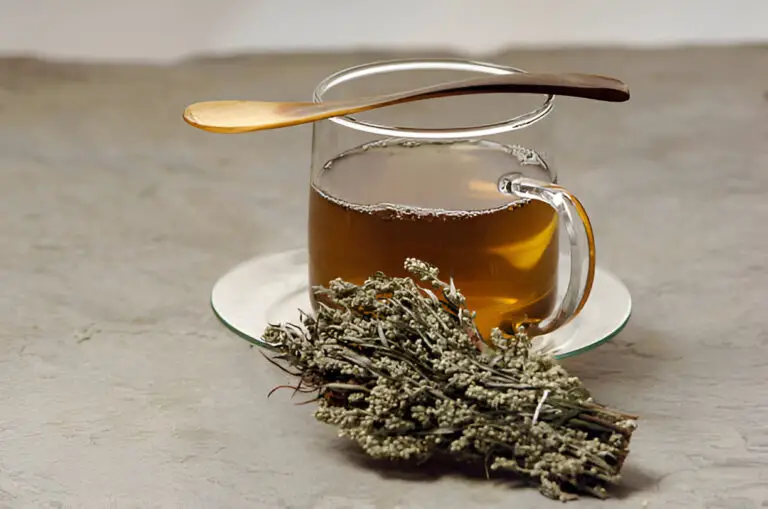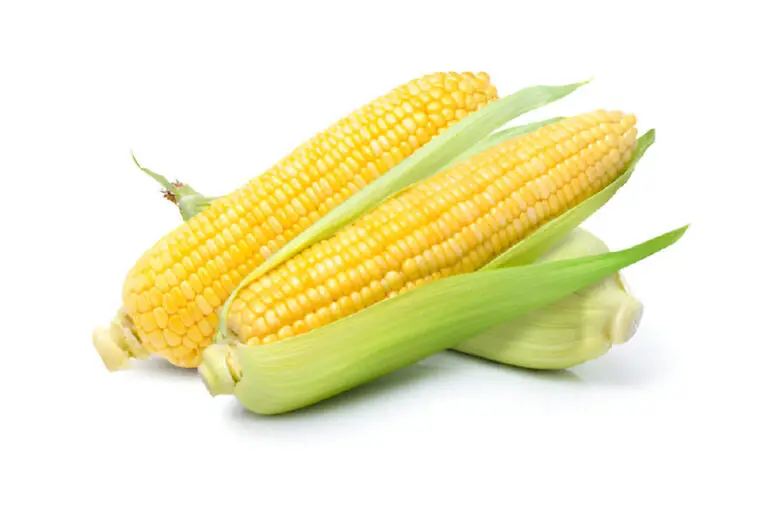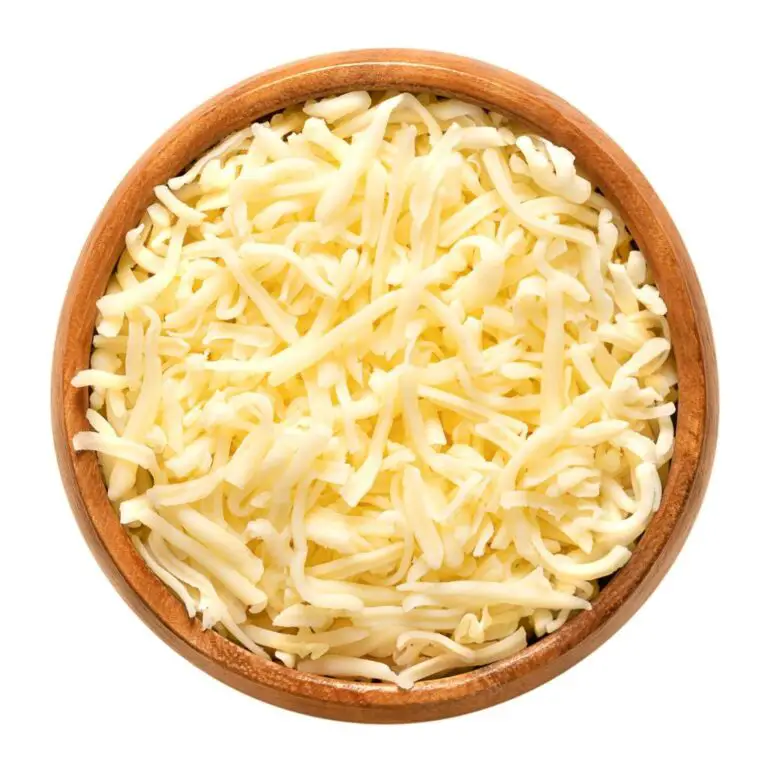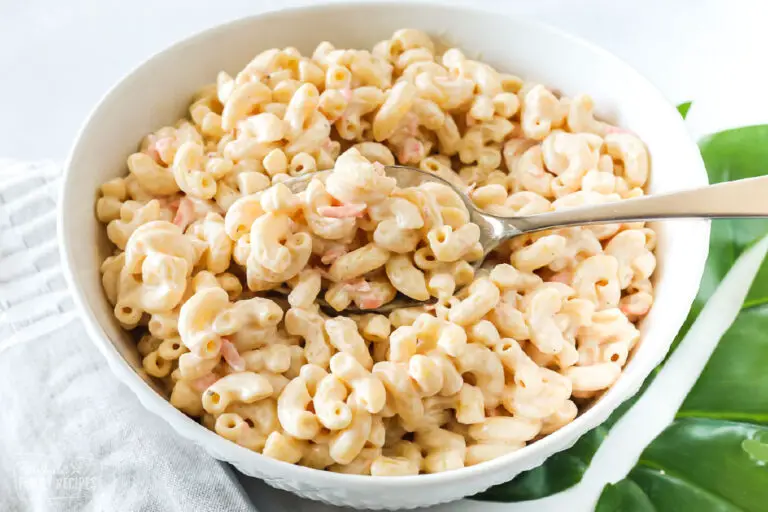What Can I Add to Tomato Sauce to Make It More Flavorful?
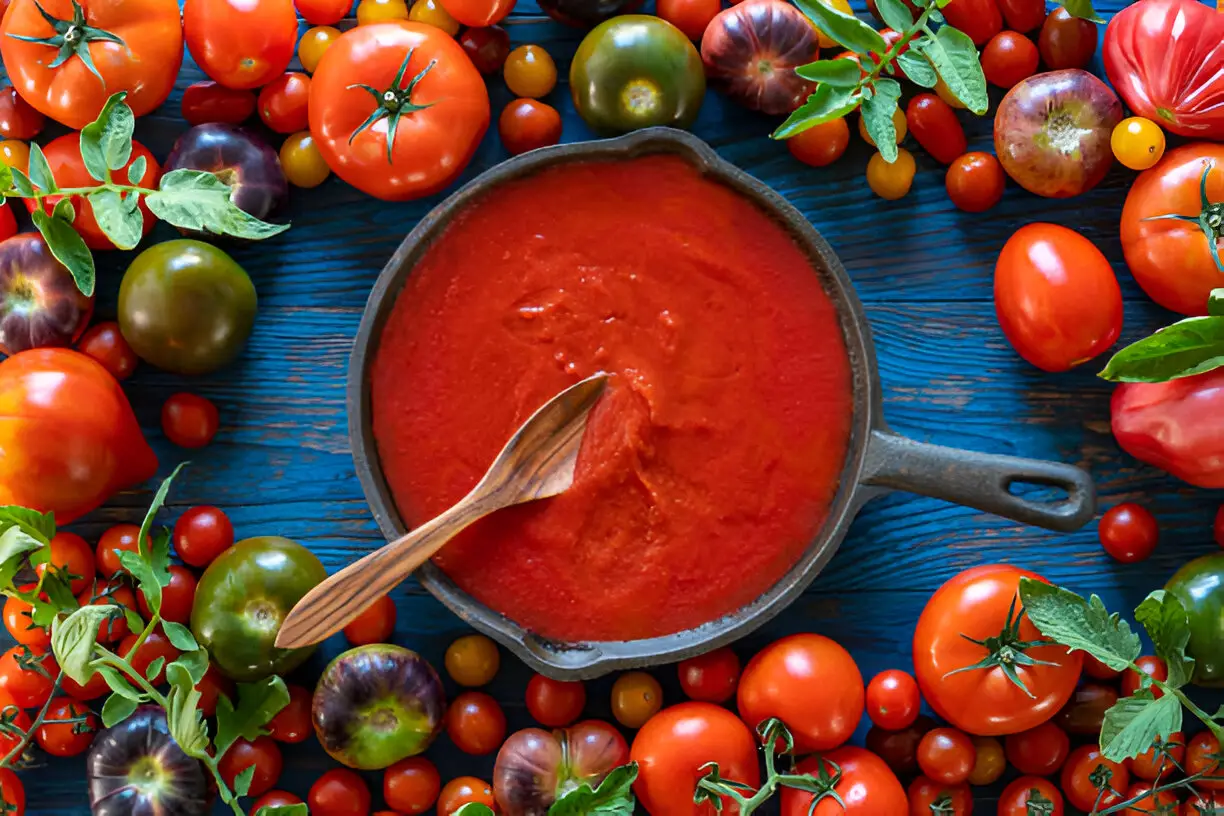
Let’s face it: tomato sauce is the backbone of so many delicious dishes—spaghetti, lasagna, pizza, and even dipping breadsticks. But sometimes, no matter how much you stir or simmer, your tomato sauce might feel a bit…flat. I know the feeling! That’s when I realized that making tomato sauce more flavorful isn’t about throwing in more tomatoes—it’s about layering in the right spices, herbs, and even a few secret ingredients that elevate it to a whole new level.
In this post, I’ll share the best tips I’ve learned over the years to take your tomato sauce from basic to bold. With the right additions, you can turn a simple sauce into something your taste buds will remember. So, let’s get started on this flavor-packed journey!
Start with a Strong Base: The Tomato Sauce Foundation
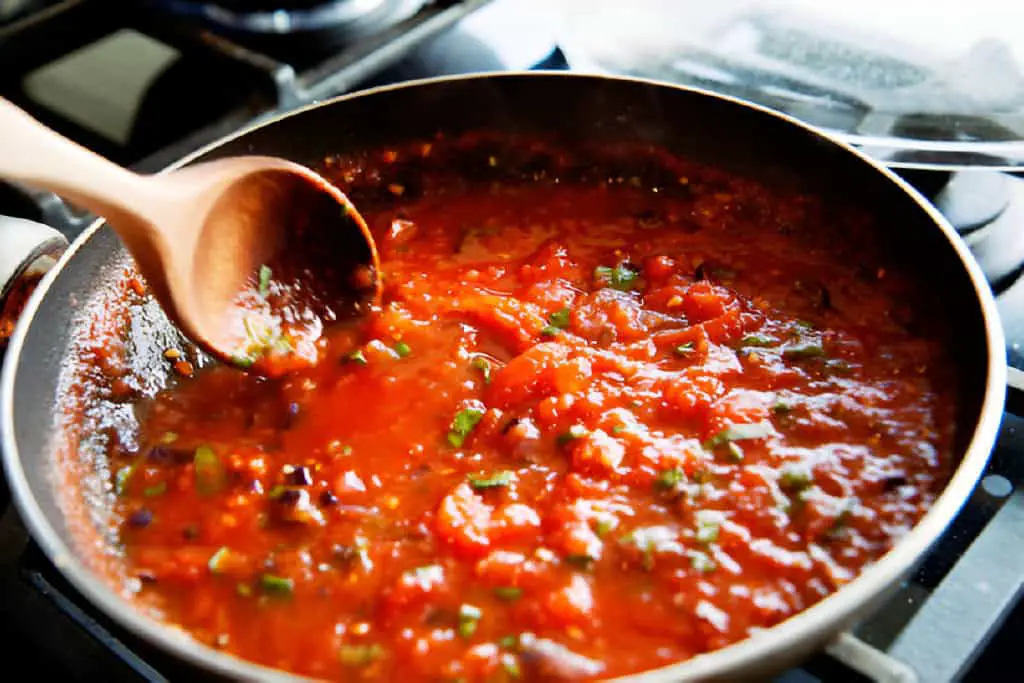
Before we dive into the fun stuff, let’s talk about the basics. The key to a great tomato sauce lies in the quality of your tomatoes. I personally prefer using San Marzano tomatoes—they’re sweet, low in acidity, and practically burst with flavor. If you can get your hands on them, go for it!
However, don’t stress if you don’t have access to these. Canned plum or Roma tomatoes work well, too. The goal is to start with the best tomatoes possible because they set the stage for everything else you add.
Herbs and Spices: The Magic Mix
Once you’ve got your tomato base, it’s time to build flavor. Fresh and dried herbs will do wonders for your sauce, but knowing which ones to choose is half the battle. Here are my favorite additions that I swear by:
Basil: The Classic Favorite
Basil is synonymous with Italian cooking, and for good reason. It adds a touch of sweetness and a slight peppery note. You can’t go wrong with fresh basil, but if it’s out of season, dried basil works just fine. I usually add it toward the end of cooking to keep that fresh taste intact.
Oregano: Earthy Depth
Oregano brings a deeper, earthier flavor that rounds out the sauce. I usually add this early on so it has time to infuse into the sauce. Whether you use fresh or dried, this herb is a must for an authentic tomato sauce flavor.
Garlic: The Flavor Bomb
Garlic is the unsung hero of tomato sauce. It’s bold and fragrant, and when sautéed in olive oil, it’s like the sauce’s best friend. You can’t have too much garlic—well, unless you’re vampires, but that’s another story. I chop fresh garlic finely, and sauté it in olive oil before adding the tomatoes to build a rich flavor profile.
| Check out: Can Garlic Powder Dissolve Completely in Water? |
Red Pepper Flakes: A Little Kick
Want to turn up the heat? A pinch of red pepper flakes adds just the right amount of spice. I love this in my sauce, especially if I’m making a spicy marinara. The key is to go slow and taste as you go. A little goes a long way, so start small and adjust as needed.
Thyme and Rosemary: A Subtle Touch of Earthiness
Thyme and rosemary can add complexity to your sauce. I like to use fresh thyme, and for rosemary, I use a light hand. Rosemary can easily overpower the other flavors, so go easy on it. A sprig or two should do the trick!
Here’s a quick reference table to remind you of the best herbs and spices to use in your sauce:
| Ingredient | Flavor Profile | When to Add |
| Basil | Sweet, slightly peppery | Add near the end of cooking |
| Oregano | Earthy, peppery, slightly bitter | Add early to infuse flavor |
| Garlic | Bold, aromatic | Sauté in olive oil before adding tomatoes |
| Red Pepper Flakes | Spicy, warm | Add toward the beginning or midway for heat |
| Thyme | Earthy, herbal | Add early, great for simmering |
| Rosemary | Piney, woodsy, intense | Add early, use sparingly |
| Read: What Does It Mean if Your Tomato Sauce Turns Pink? |
Sweetness and Acidity: Balancing the Sauce
Okay, you’ve added your herbs and spices, but now it’s time to balance everything out. Tomato sauce can sometimes be a little too acidic, and the last thing you want is a sauce that makes your taste buds cringe. Here’s how I handle the acidity problem:
Sugar: A Touch of Sweetness
I know what you’re thinking—sugar in tomato sauce? But hear me out. A tiny bit of sugar (around a teaspoon per batch) helps to cut through the acidity of the tomatoes. You don’t want it to taste like sweet sauce, but just enough to balance the flavor. It’s like adding salt to chocolate—enhancing the other flavors without overwhelming them.
Carrots: A Natural Sweetener
For a more natural sweetness, I throw in some finely grated carrots. They blend into the sauce and bring a mild sweetness that complements the tomatoes perfectly. I add them right after the garlic and let them soften before adding the tomatoes.
Balsamic Vinegar: A Punch of Acidity
Balsamic vinegar or homemade vinegar is another secret weapon I use to add richness and a little tang. Just a splash right before serving gives your sauce an elegant, almost tangy finish. It deepens the flavor without making it overly acidic, which is key in balancing the sauce.
Umami Boosters: Elevating the Flavor
To take the sauce up a notch, adding some umami-rich ingredients will work wonders. Umami is the fifth taste, often described as savory or meaty. It can turn a good tomato sauce into a great one.
Parmesan Cheese: The Flavor Enhancer
I often add a grated Parmesan rind to my sauce while it simmers. This gives the sauce a depth of flavor that’s just irresistible. After it’s done cooking, you can remove the rind, leaving behind all the rich, savory goodness.
Anchovies: Umami with a Punch
Don’t freak out! Trust me, anchovies add a subtle, savory depth to your sauce that you won’t even notice. I finely chop them and sauté them with the garlic. The result? A perfectly balanced, full-bodied sauce.
Mushrooms: A Meaty Touch
Mushrooms, particularly cremini or porcini, are another great way to enhance the umami of your sauce. They’re naturally savory and provide a meaty texture without actually being meat. I love adding finely chopped mushrooms for that rich, hearty flavor.
Cooking Techniques to Make Your Sauce Sing
Now that you’ve got your ingredients in place, don’t overlook the cooking process. The way you simmer your sauce can make a world of difference.
Simmer Slowly
Patience is key when making tomato sauce. Letting your sauce simmer on low heat for at least 45 minutes allows the flavors to marry together. The longer it cooks, the deeper the flavor. Don’t rush it, and your sauce will reward you with an incredible depth of flavor.
Stir Occasionally
While the sauce is simmering, make sure to stir it occasionally to prevent it from sticking to the bottom. It also helps to check the consistency—if the sauce seems too thick, you can add a bit of water or even some tomato juice to loosen it up.
Final Thoughts: The Perfect Tomato Sauce Is Within Reach
Whether you’re making a classic marinara for pasta or a rich sauce for pizza, making your tomato sauce more flavorful is all about layering ingredients and allowing them to develop over time. Herbs, spices, sweetness, and umami—each element adds a piece to the puzzle, resulting in a sauce that will make your dishes stand out.
So, next time you’re making tomato sauce, don’t just reach for the jar. Try these tips, and you’ll find yourself with a sauce that’s bursting with flavor. Trust me, your taste buds will thank you.

